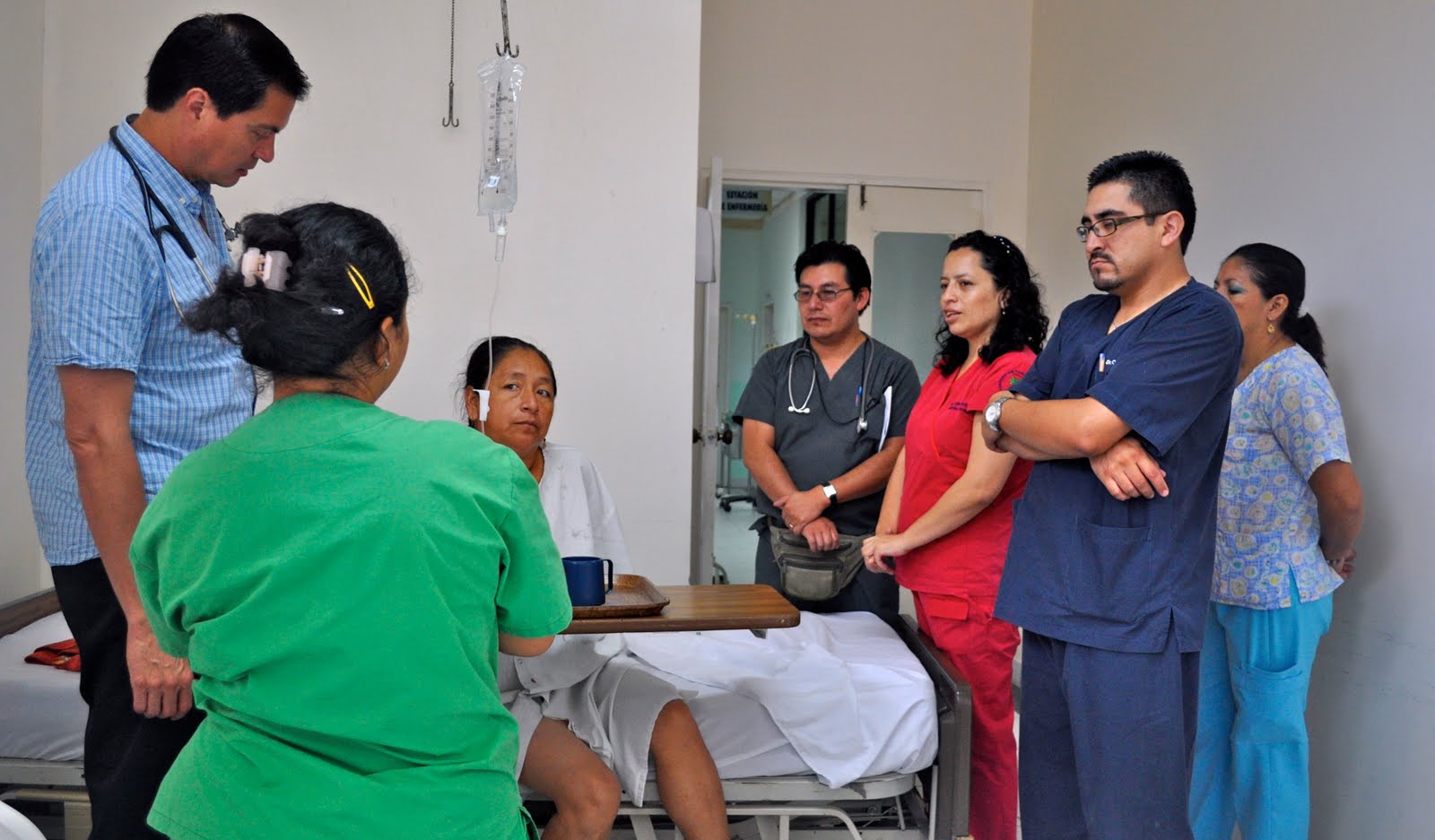IBD Ecuador: Hammerheads and Healthcare
IBD Ecuador has been a study in contrasts for our team: we swam 50 feet below the ocean’s surface and hiked along 13,000 ft peaks, conquered Class V rapids along an Amazonian tributary in the Andes and also struggled to climb a single flight of stairs in Quito’s thin air, feasted on fresh ceviche and gnawed on roasted guinea pig. Along the way we’ve found time to talk with stakeholders from across the Ecuadorian health care industry in order to help make secondary health care a primary concern here in South America. We also saw giant Galapagos turtles getting it on.
Scuba diving in the Galapagos
In the mountains overlooking a moonlit Quito
Our IBD client, Andean Health & Development (AHD), runs a non-profit hospital and resident-training program in the rural town of Pedro Vicente Maldonado, Ecuador (population: 4,000 people, 380 stray dogs, 1 rumored karaoke bar). Since 2007, the hospital has provided local health services ranging from neonatal care to snakebite antidotes to motorcycle-related emergency treatments. This year the program will be graduating it’s first class of residents from the three-year Family Medicine program. AHD is looking to expand both its health care delivery and resident training programs, and will soon be opening a new, larger hospital in the nearby city of Santo Domingo.
We have been tasked with identifying processes and technologies that can best help AHD improve its health and training programs. During our five months of IBD lectures at Haas we examined Ecuador’s health care system and performed secondary research on health care models such as mHealth (mobile phones), community health workers (“promotores”), trainer-of-trainers, and mobile health units. We examined case studies and brainstormed ways to implement these programs in rural Ecuador. Our research also covered major funding sources that AHD could pursue in order to help establish these programs.
Here at the Pedro Vicente hospital we have had to the chance to take a tour of the facilities, meet administration, interview patients, and have candid conversations with the eight hospital residents currently working at the hospital. Last week in Quito we spoke with officials from the Ecuadorian Social Security administration and Ministry of Health, health care professors at University of San Francisco Quito, and doctors at local hospitals. Next week we will begin compiling our research and interview results to finalize concrete recommendations and provide next steps going forward for AHD.
My teammates Nick Romero, Emily Ewell, and Eileen Chang will write more about our adventures around Ecuador and some of the great interviews we have had in Quito and here in Pedro Vicente Maldonado.



